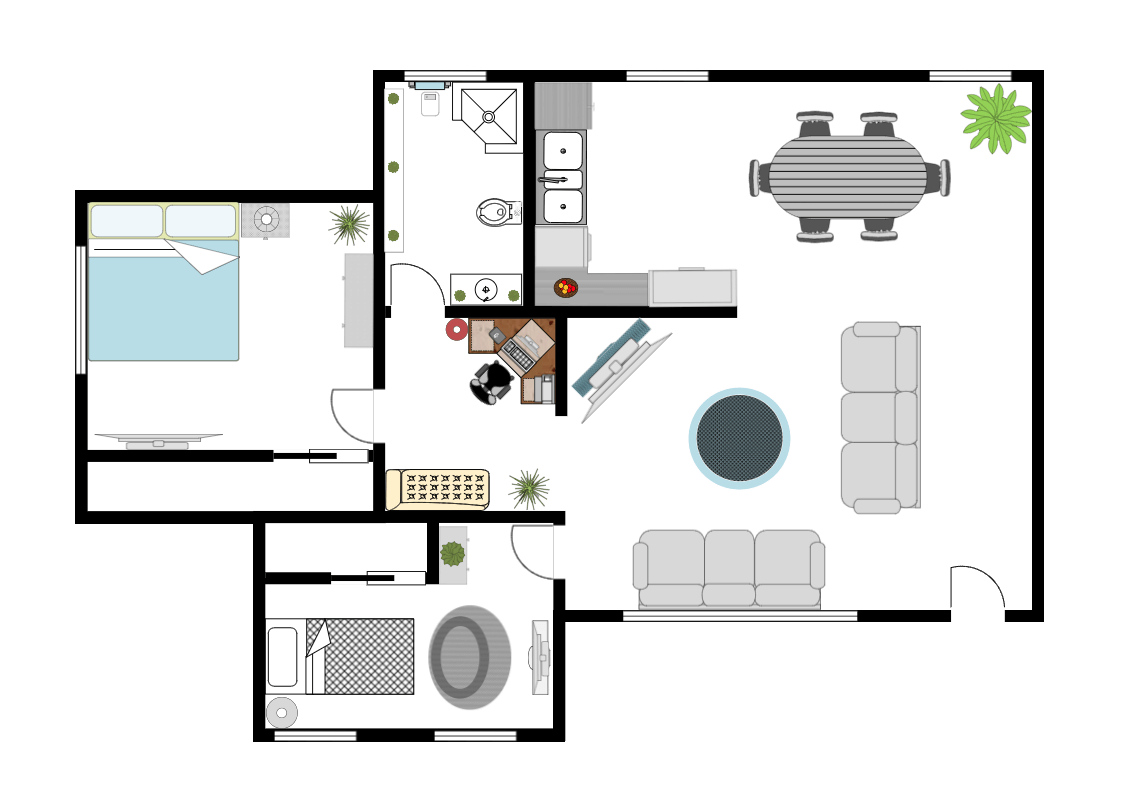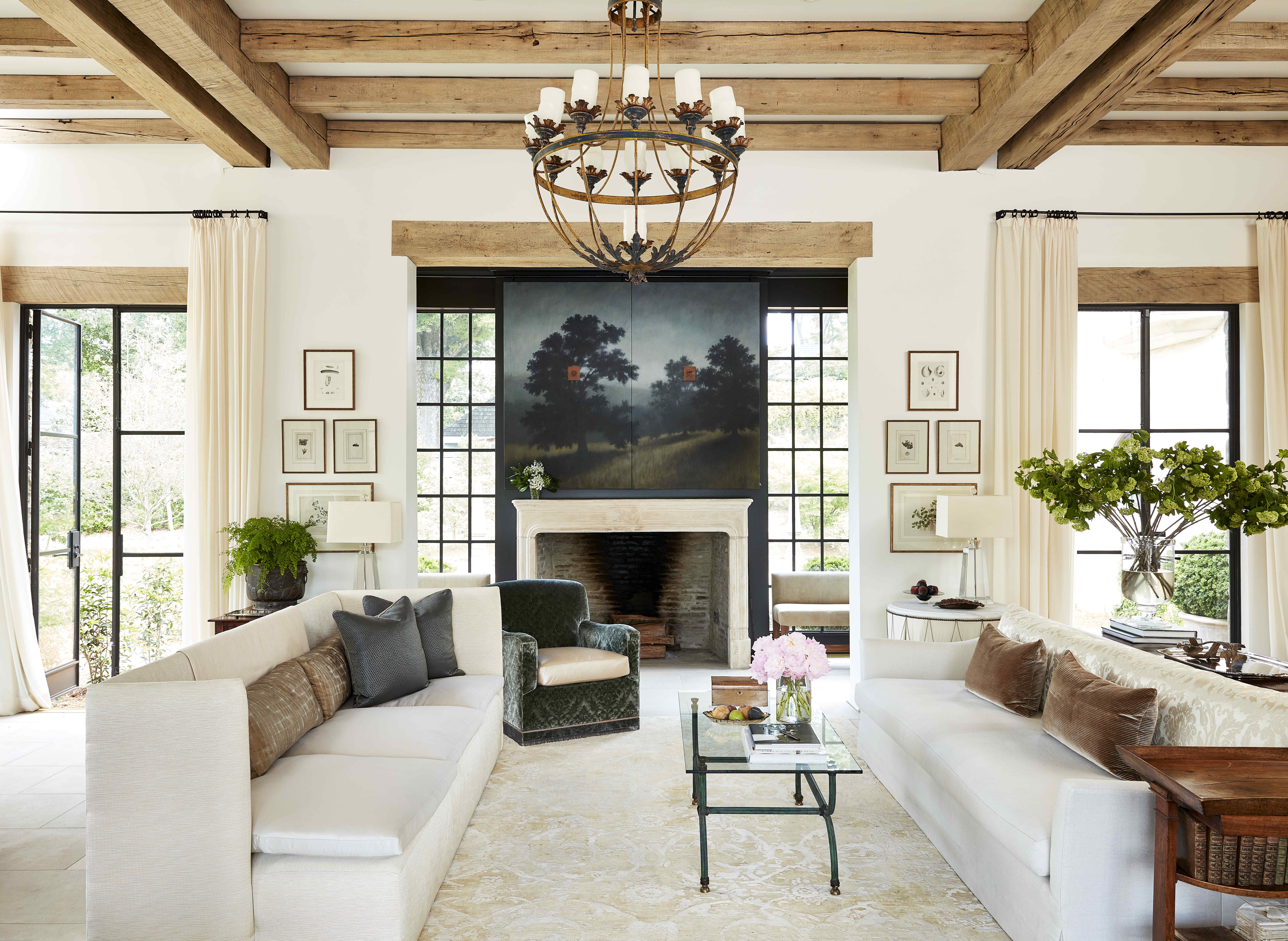Unleash Your Internal Developer With Area Developer Insights
Space Developer Insights offer a comprehensive guide to understanding the subtleties of shade psychology, furnishings positioning, lighting techniques, and the art of mixing structures and patterns. By diving right into these understandings, people can open the prospective to create areas that not just show their one-of-a-kind style but also stimulate a feeling of harmony and convenience.
Understanding Color Psychology
Shades have the power to evoke certain sensations and set the tone for an area, making it crucial for developers to understand shade psychology. Cozy colors like red, orange, and yellow can create a relaxing and inviting ambience, excellent for social rooms like living rooms or kitchens.
Along with the fundamental shade categories, various shades and tones can better influence mood. For instance, a bright, saturated color can invigorate an area, while a muted, light tone can cause a feeling of tranquility. It is very important to consider cultural and specific differences when picking colors for a space, as particular tones might have various meanings or organizations across numerous teams. By thoroughly choosing and incorporating shades based on their emotional effects, indoor developers can create impactful and unified spaces that satisfy the emotions and behaviors of the occupants.
Furniture Positioning Tips
When preparing furnishings in an area, tactical positioning can considerably impact the functionality and looks of the space. One crucial idea is to consider the area's centerpiece, such as a fireplace, large window, or entertainment facility, and orient the furniture around it. This creates a sense of balance and accentuates the area's standout feature.

An additional crucial consideration is the scale and proportion of the furnishings. Make certain that the dimension of the furnishings matches the dimension of the space. Stay clear of congestion by leaving sufficient area in between pieces for a comfortable and visually pleasing design.
Illumination Strategies for Atmosphere
Efficient illumination techniques play an important function in setting the atmosphere and mood of an area, enhancing its general ambience and capability. To create a healthy illumination plan, it is vital to integrate three primary kinds of lighting: ambient, task, and accent illumination. Ambient lighting provides overall lighting, often through ceiling-mounted fixtures or wall surface sconces, creating a comfy degree of illumination in the room. Task illumination, such as workdesk lamps or under-cabinet lights, focuses on specific locations for tasks like reading or food preparation. Accent illumination highlights particular attributes or adds dramatization to the space, achieved via site spotlights, mounted lights, or wall-mounted fixtures.
In addition to the kinds of lights, the color temperature of bulbs also affects the ambiance. Warmer tones (around 2700-3000 Kelvin) produce a comfy and inviting ambience, appropriate for living spaces and bedrooms, while cooler tones (around 3500-4100 Kelvin) are a lot more stimulating and ideal for task-oriented locations like cooking areas or home offices. By tactically integrating different lighting kinds and changing color temperature levels, you can change a space right into a flexible and inviting room.
Combining Patterns and Appearances
To raise the aesthetic appeal and deepness of an area, masterfully check my reference including a mix of patterns and textures can bring a interesting and dynamic element to the area. Blending structures, such as smooth velvet with harsh woven products, adds responsive passion and can make a room feel extra welcoming.

Bear in mind to layer patterns and appearances thoughtfully throughout the area, integrating them in items like carpets, toss cushions, drapes, and upholstery. This approach enables an aesthetically stimulating environment that shows your one-of-a-kind style perceptiveness.
Customizing Your Room
Incorporating personal touches into your living space can change it into a reflection of your special personality and design preferences. Personalizing your room involves infusing elements that reverberate with you on a much deeper level. One effective means to attain this is by presenting valued things such as family members antiques, traveling souvenirs, or artwork that holds sentimental value. These pieces not only add personality to your space but also offer as discussion beginners for visitors.
One more way to individualize your space is by including shades that stimulate specific feelings or memories. Whether you prefer soothing blues, stimulating yellows, or sophisticated neutrals, choosing tones that resonate with you can develop a much more welcoming environment. Furthermore, incorporating customized design such as custom picture frameworks, monogrammed toss cushions, or hand-crafted crafts can further enhance the originality of your room.
Furthermore, don't underestimate the power of incorporating components that reflect your hobbies, interests, or cultural history. Whether it's a shelf full of your favorite reads, this article a gallery wall surface showcasing your photography skills, or textiles that celebrate your heritage, these personal touches can genuinely make your room really feel like home.
Conclusion
Including color psychology, tactical furnishings placement, efficient illumination methods, and the art of mixing patterns and structures can change any type of room into a harmonious and visually attractive area. Personalizing the style better boosts the total visual, developing a space that mirrors private style and character. By applying these understandings, indoor style skills can be raised, causing a practical and aesthetically pleasing living setting.
Cozy shades like red, orange, and yellow can develop a comfortable and welcoming environment, perfect for social spaces like living kitchens or areas.When arranging furniture in a room, critical placement can considerably affect the performance and visual appeals of the room. By purposefully incorporating different illumination kinds and adjusting color temperature levels, you can change a room into a versatile and welcoming space.
Additionally, take into consideration the style of the area-- for a much more traditional space, decide for timeless patterns like red stripes or damask, while a contemporary area may profit from geometric or abstract designs. - Furniture Stores Near Me
Including color psychology, calculated furnishings placement, reliable lighting strategies, and the art of mixing patterns and appearances can change any space into a visually appealing and unified area.